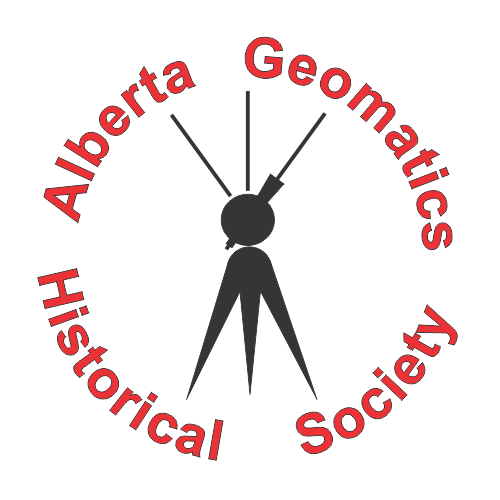
03. Gunter’s Chain – A Legacy of Three Centuries
By Gordon Olsson
Imagine designing something that would be used for three centuries. That is what Edmund Gunter (1581-1626), an English mathematician, did when he designed and introduced what became called the Gunter’s Chain in 1620. He standardized the length of a pole at 16.5 feet and designed the chain to be four poles long. A pole (it was also called a rod or a perch) was a basic unit of measurement in medieval England. So, what was the origin of the pole? One source says:
Medieval ploughing was done with oxen, up to 4 pairs at a time. The ploughman handled the plough. His boy controlled the oxen using a stick, which had to be long enough to reach all the oxen. This was the rod, pole or perch. It was an obvious implement to measure the fields.
The same source provides another origin:
In the 16th century the lawful rod was decreed to be the combined length of the left feet of 16 men as they left church on a Sunday morning.

The Gunter’s Chain is divided into 100 links, with each link being 7.92 inches long, so the total length of the chain is 66 feet. The chain shown in the image has marker tags at every 10 links. Chesterman, Sheffield is engraved on each of the marker tags. 4P is marked on the handle, indicating it is a four-pole chain. One pole equals 25 links.
Donated by Monroe Kinloch, ALS
ALSA 2008.03.13
Around 1784, a century and a half after the Gunter’s Chain was developed, the Ramsden Chain was developed by Jesse Ramsden for the British Royal Engineer’s. It is commonly referred to as an engineer’s chain. It is 100 feet long having one hundred, one-foot-long links.
The longevity of the Gunter’s Chain is remarkable. It continued to be used for property surveys even after the introduction of the steel band chain because of its durability and relationship to the units of measurement used for land. Although it was not used all that much by the beginning of the 20th century it remained in some instrument maker’s catalogues into the mid 20th century. As remarkable as the longevity of the Gunter’s Chain are todays units of measurement based on the chain. To name a few:
80 chains = one mile
10 square chains = 1 acre.
80 chains square = 640 acres = 1 square mile = 1 section of the township system.
10 chains = one furlong (used in horse racing)
Sources of Information:
- Website: https://www.theedkins.co.uk/jo/units/length.htm. This website is gives the source of the chain as a unit of measure and the source of the engineers (Ramsden’s) chain.
- Ramsden surveying instruments: Wikipedia.
- Website: http://www.ramsden.info/Ramsden/Ramsdens/RamsdenChain.htm.
Author: Gordon Olsson, ALS (Hon. Life)
September 6, 2021
Copyright 2024 © Alberta Geomatics Historical Society
